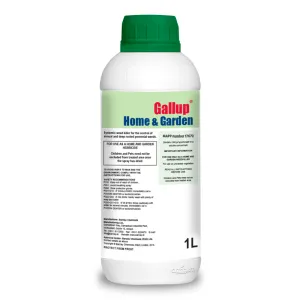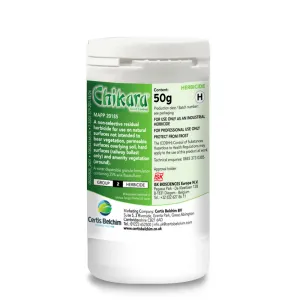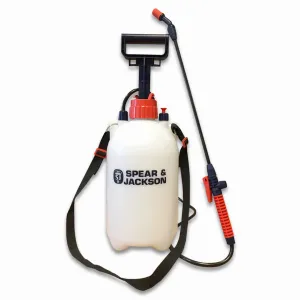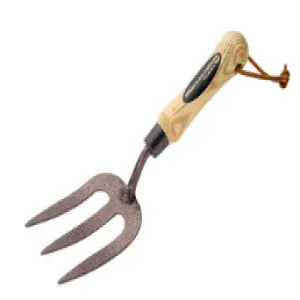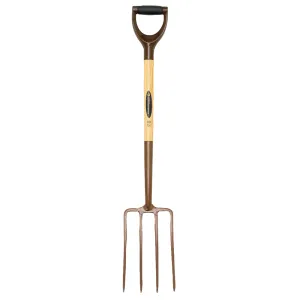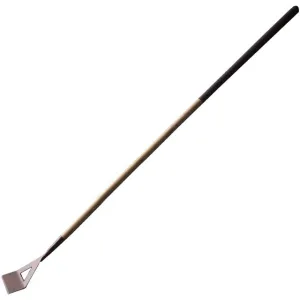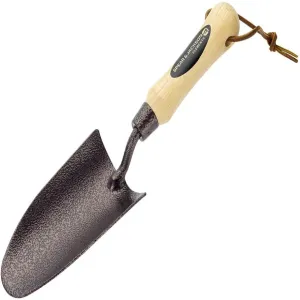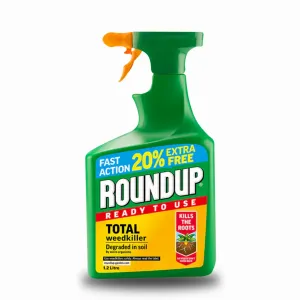Gravel, pebbles, stone finishes and slate chippings provide great visual appeal and an aesthetic balance to soft green foliage – setting off planting schemes beautifully.
However, unless weed-suppressing membrane has been laid under gravel (or is deteriorating), you may find weeds grow with ease on gravel.
Although gravel that blocks light to the ground will suppress weed seeds already in the soil, seeds blown in or dropped by birds can quickly germinate on damp stone surfaces. This is because, over a single growing season, decaying plant material, stone particles, small pieces of foliage, dust and debris combine to create small amounts of soil - enough to enable seeds to germinate in gravel. So even the most pristine gravel surfaces are not immune to weed growth.
What’s the best way to remove weeds from gravel?
The answer to this question largely depends on the size of area you need to treat and how many weeds you need to remove. Remove weeds from a small patch of gravel or a short pathway by hand.
Use a weed fork, hoe or trowel to move the gravel from around each weed – exposing the soil. Then dig or pull the weed out, taking care to remove the root as well as the foliage. Replace the gravel covering any exposed areas of soil.
If the soil is very dry, you may find this manual process more difficult, and weeds may need to be removed by digging with a digging fork.
Shallow-rooted weeds can be removed using a hoe, but this process won’t work on deep rooted perennial weeds like dandelions as a hoe will not remove the root, and the weed will simply regrow.
Manual removal is easily done when you only have a few errant weeds or a small area to cover, but if you’re trying to improve a large driveway or extensive paths, or you have a lot of weeds to remove and digging is not practical, we advise using a total weedkiller like Gallup Biograde, or Gallup Home & Garden.
Long-lasting effective protection against weeds.
Glyphosate-based weedkillers are known as total weedkillers as they kill all plant life that they come into contact with. For this reason, they are best used on a still day with little or no wind – to avoid the risk of drift onto plants.
They are highly effective weed killers, and most are rain-fast after six hours. To ensure long-lasting protection against weed regrowth in gravel, you can add Chikara to Glyphosate.
Chikara Weed Killer is a long-lasting total weed killer that lays a residual barrier which will prevent any other weeds from growing for up to 5 months depending on rate.
Top Tips
- Once you have sprayed weeds, leave them to die back rather than removing any dead foliage. The weed killer will be translocating to the roots and it is best to wait until they have died and decomposed completely.
- Spray the entire gravelled area. This will ensure you treat very small weeds that may not be obvious now but could go on to become a problem.
- Apply weed killer on a dry day when rain is not forecast. Don’t apply when the weather is very cold or very hot.
- Apply weedkiller in the morning to allow it to take effect during the day.
- Keep pets and children away from treated areas until it has completely dried.
- Cover the whole weed with the spray but don’t over saturate the weeds as this can have a detrimental run-off effect reducing its impact.
Glyphosate takes around 14 days to completely kill weeds, depending on the weather. If you have any questions about using total weedkillers, please get in touch with our technical team.




